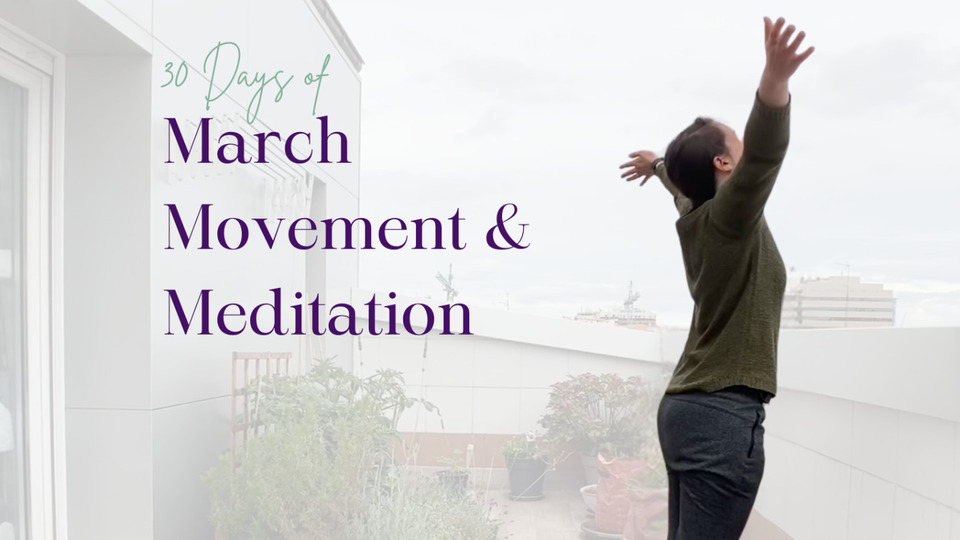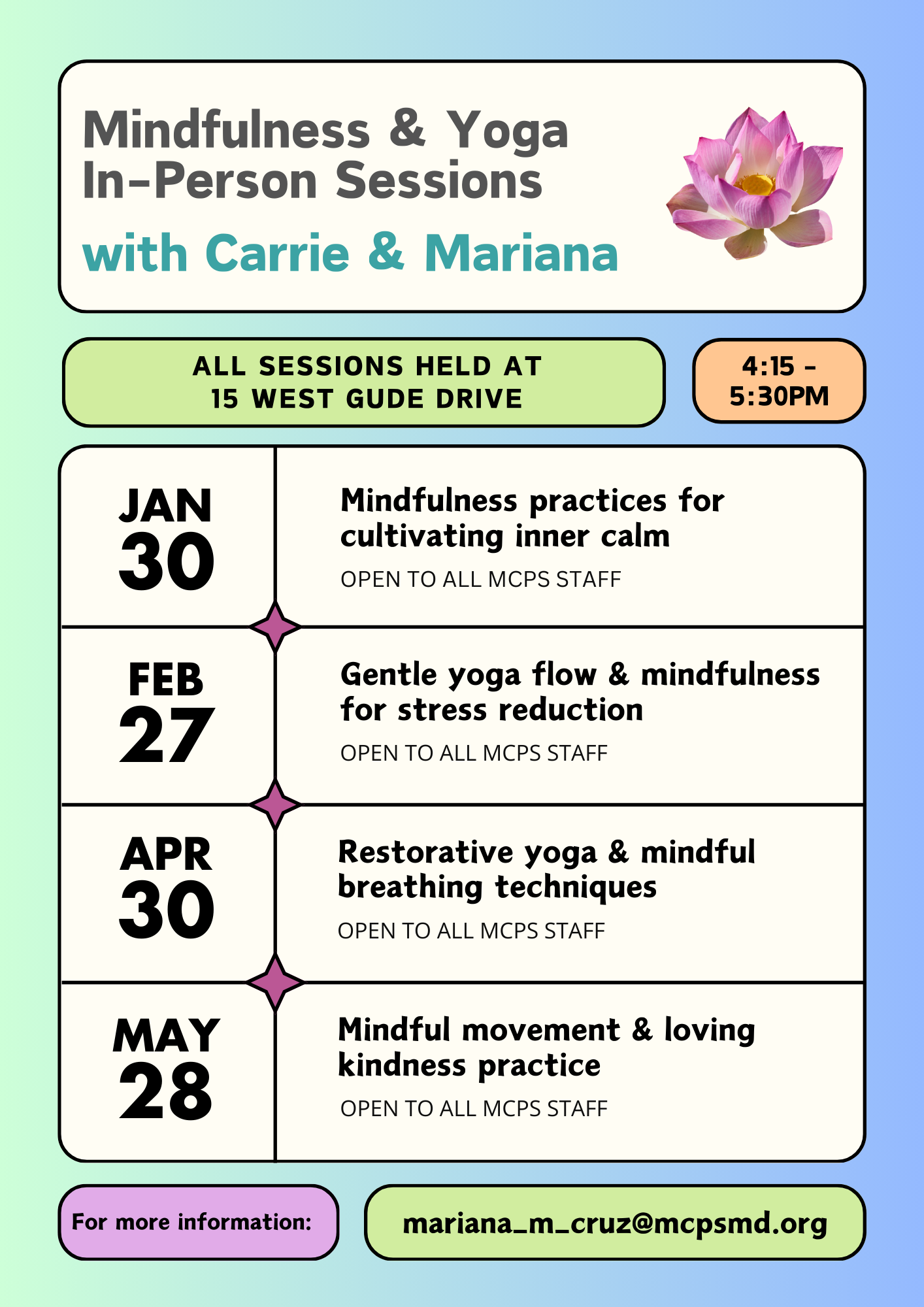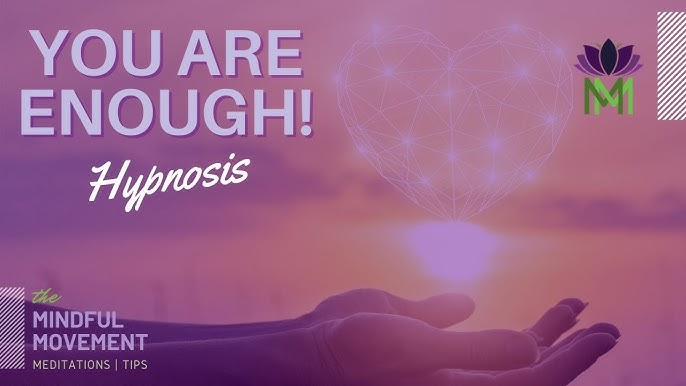Mindful Movement Yoga Nidra A Journey to Embodiment and Awareness
- Get link
- X
- Other Apps
In the tapestry of modern life, where technology pervades and the pace accelerates, it becomes imperative to cultivate practices that reconnect us with our bodies, minds, and emotions. Mindful movement yoga nidra, an amalgamation of ancient practices, offers a transformative approach to cultivate embodied awareness and inner peace.
Understanding Yoga Nidra

Exploring the Concept of Yoga Nidra
Yoga nidra, meaning yogic sleep, is an ancient technique that guides practitioners into a state of conscious relaxation where the mind and body are deeply receptive. Through systematic body scanning, guided visualization, and breath awareness, yoga nidra aims to induce profound relaxation, reduce stress, and enhance self-awareness.
The Origins of Yoga Nidra
The roots of yoga nidra can be traced back to the ancient Tantric traditions of India, where it was used as a powerful tool for spiritual exploration and personal transformation. Over the centuries, yoga nidra has evolved, incorporating elements from various yogic lineages and meditation practices, making it a versatile and accessible practice for individuals seeking deep relaxation and self-discovery.
The Benefits of Yoga Nidra
Practicing yoga nidra has been shown to offer a wide range of benefits, including:
- Reduced stress and anxiety levels
- Improved sleep quality
- Enhanced emotional regulation and resilience
- Increased self-awareness and clarity of mind
- Deeper connection with one's inner resources
Origins of Mindful Movement Yoga Nidra

Integrating Mindful Movement and Yoga Nidra
Mindful movement yoga nidra emerged as an innovative fusion of yoga nidra and mindful movement practices. These practices, rooted in ancient traditions, emphasize the interconnectedness of body, mind, and spirit. By integrating conscious movement with yoga nidra's relaxation techniques, mindful movement yoga nidra offers a comprehensive approach to holistic well-being.
The Foundations of Mindful Movement
Mindful movement practices, such as gentle yoga, Tai Chi, and Qigong, cultivate present-moment awareness by focusing on the sensations, breath, and flow of movement. These practices encourage practitioners to be fully engaged in the moment, fostering a deep connection with the body and a greater sense of embodiment.
Combining Mindfulness and Yoga Nidra
The integration of mindful movement and yoga nidra creates a synergistic practice that amplifies the benefits of both. By incorporating conscious movement into the yoga nidra experience, practitioners are able to deepen their embodied awareness, enhance their relaxation response, and unlock new pathways for personal growth and transformation.
Key Concepts of Mindful Movement Yoga Nidra

Embodiment
Mindful movement yoga nidra places great emphasis on embodied awareness. Through mindful movement sequences, practitioners explore their bodies' sensations, limitations, and strengths, cultivating a deeper understanding and appreciation of the physical self. This embodied exploration enables practitioners to move beyond the confines of the mind and fully inhabit the present moment.
| Aspect of Embodiment | Description |
|---|---|
| Bodily Awareness | Cultivating a keen awareness of the body's sensations, movements, and responses. |
| Proprioception | Developing a heightened sense of one's body in space and its relationship to the environment. |
| Emotional Connection | Acknowledging and honoring the emotional dimensions of the physical experience. |
| Somatic Integration | Integrating the physical, emotional, and cognitive aspects of the self for holistic well-being. |
Breath Awareness
Breath awareness is a fundamental component of mindful movement yoga nidra. Practitioners are guided to observe the natural rhythm of their breathing, using it as an anchor to remain present and grounded. Conscious breathing techniques, such as diaphragmatic breathing and breath counting, can be incorporated to further deepen the relaxation response and promote a sense of calm and equanimity.
- Diaphragmatic Breathing
- Breath Counting
- Ujjayi Breath
- Alternate Nostril Breathing
Relaxation and Stress Reduction
Mindful movement yoga nidra offers a powerful antidote to the stresses of modern life. By inducing a state of deep relaxation, the practice helps to alleviate the physiological and psychological effects of chronic stress, such as:
- Reduced muscle tension
- Decreased heart rate and blood pressure
- Improved immune function
- Enhanced emotional regulation
- Increased resilience and coping mechanisms
Self-Awareness and Transformation
At the heart of mindful movement yoga nidra lies the cultivation of self-awareness and personal growth. Through the practice, individuals are able to access deeper layers of their consciousness, gain insights into their thought patterns, and cultivate a greater understanding of their authentic selves. This heightened self-awareness can lead to profound transformations, empowering individuals to make positive changes in their lives.
Integrative Approach to Well-Being
Mindful movement yoga nidra adopts a holistic approach to well-being, addressing the interconnectedness of the physical, mental, emotional, and spiritual dimensions of the human experience. By integrating various yogic and mindfulness-based practices, the approach aims to foster a harmonious balance between these different aspects of the self, promoting overall health and vitality.
The Practice of Mindful Movement Yoga Nidra
Preparing for the Practice
Establishing a safe, comfortable, and conducive environment is essential for the practice of mindful movement yoga nidra. Practitioners should choose a quiet, dimly lit space where they can relax without distractions. Comfortable clothing and props, such as yoga mats, blankets, and pillows, can enhance the experience and support the body during the practice.
The Mindful Movement Sequence
The practice of mindful movement yoga nidra typically begins with a gentle, mindful movement sequence. This may include simple yoga poses, Tai Chi forms, or other mindful movement exercises that encourage practitioners to tune into their bodies, breath, and present-moment experience. The movements are performed with a focus on alignment, breath, and a non-judgmental observation of sensations.
The Yoga Nidra Guided Meditation
Following the mindful movement sequence, the practitioner transitions into the yoga nidra guided meditation. This stage of the practice involves a systematic body scan, where the practitioner is guided to focus their attention on different parts of the body, noticing sensations and cultivating a sense of deep relaxation. The practice may also include visualizations, affirmations, and other techniques to further enhance the relaxation response and deepen self-awareness.
Integration and Embodiment
The final stage of the mindful movement yoga nidra practice involves a period of integration and embodiment. Practitioners are encouraged to slowly return to a wakeful state, bringing the qualities of calm, focus, and self-awareness cultivated during the practice into their daily lives. This integration phase can involve gentle movement, journaling, or simply resting in the afterglow of the experience.
The Benefits of Mindful Movement Yoga Nidra
Stress Reduction and Relaxation
One of the primary benefits of mindful movement yoga nidra is its ability to induce a profound state of relaxation and reduce stress levels. The practice's combination of mindful movement, breath awareness, and guided meditation helps to activate the parasympathetic nervous system, which is responsible for the body's rest and digest response. This, in turn, can lead to:
- Decreased muscle tension
- Lower blood pressure and heart rate
- Improved sleep quality
- Enhanced emotional regulation
Increased Bodily Awareness and Embodiment
Through the practice of mindful movement, practitioners develop a heightened awareness of their bodies, senses, and physical sensations. This embodied exploration enables individuals to move beyond the confines of the mind and cultivate a deeper connection with the present moment. As a result, practitioners may experience:
- Improved body image and self-acceptance
- Enhanced proprioception and kinesthetic awareness
- Increased mindfulness and present-moment focus
- Greater integration of the mind-body connection
Emotional Regulation and Resilience
Mindful movement yoga nidra offers a powerful tool for emotional regulation and the development of resilience. By cultivating self-awareness, practitioners gain the ability to observe their thoughts, feelings, and emotional states with greater clarity and objectivity. This, in turn, can lead to:
- Improved emotional intelligence and self-management
- Enhanced ability to navigate challenging emotions
- Increased psychological flexibility and adaptability
- Strengthened capacity for self-compassion and empathy
Cognitive Benefits and Mental Clarity
The practice of mindful movement yoga nidra has been shown to offer cognitive benefits, including improved focus, concentration, and mental clarity. The deep relaxation and enhanced self-awareness fostered by the practice can contribute to:
- Reduced mental chatter and improved cognitive functioning
- Increased creativity and problem-solving abilities
- Enhanced memory and information processing
- Improved decision-making and strategic thinking
Spiritual and Transpersonal Dimensions
For some practitioners, mindful movement yoga nidra may also open the door to deeper spiritual and transpersonal experiences. By accessing altered states of consciousness and expanding one's sense of self, the practice can facilitate:
- Experiences of interconnectedness and unity
- Heightened intuition and spiritual insights
- Transformative personal growth and self-realization
- A profound sense of inner peace and well-being
Conclusion
Mindful movement yoga nidra is a transformative practice that offers a holistic approach to well-being. By integrating conscious movement, breath awareness, and deep relaxation techniques, this practice empowers individuals to cultivate embodied awareness, reduce stress, and unlock new pathways for personal growth and self-discovery. As a powerful antidote to the demands of modern life, mindful movement yoga nidra invites practitioners to reconnect with their physical, mental, and emotional selves, fostering a greater sense of harmony, resilience, and inner peace.
- Get link
- X
- Other Apps
Comments
Post a Comment